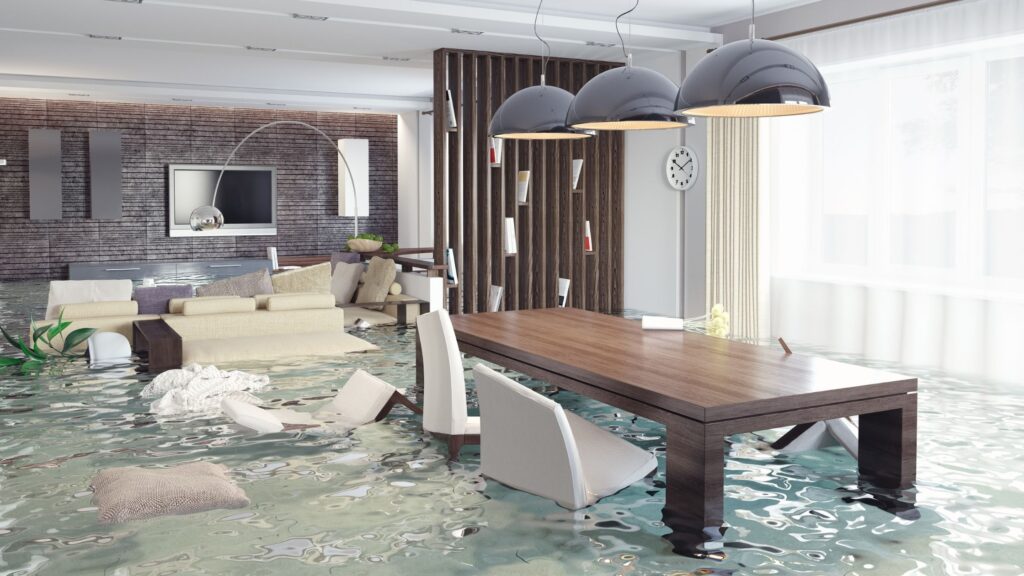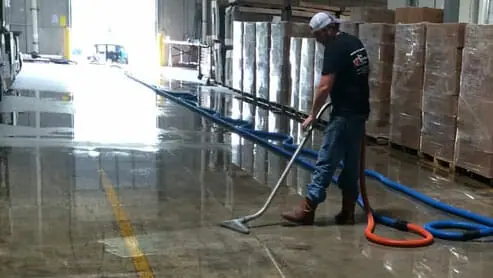Water damage can be incredibly destructive and stressful for homeowners. It can cause structural damage to a building, create hazardous situations, and cause mold and mildew to grow. Fortunately, there are steps that can be taken to minimize the damage and restore your home.
First, the source of the water must be identified and stopped. It could be a broken pipe, a leaky roof, or a natural disaster. After the source of the water has been stopped, the area must be thoroughly dried. This can be done with fans, dehumidifiers, and other drying equipment. If you are looking for water damage restoration services so, you can check online sources.

Image Source: Google
Second, it is important to assess the damage. Structural damage to walls, floors, and ceilings must be identified and repaired. Any items that have been damaged by the water must be removed, dried, and cleaned. In cases of mold or mildew, professional remediation may be necessary.
Third, the area should be sanitized. This can be done with a disinfectant or a specialized cleaning product. It is also important to clean all surfaces to help prevent the spread of mold or mildew.
Fourth, it is important to check for any hidden water damage. This includes checking for moisture in walls and under carpets and furniture. If moisture is found, it must be thoroughly dried to prevent further damage.
Finally, it is important to make sure that the source of the water damage has been resolved. This could involve repairing a broken pipe, replacing a leaky roof, or taking other steps to prevent future damage.


